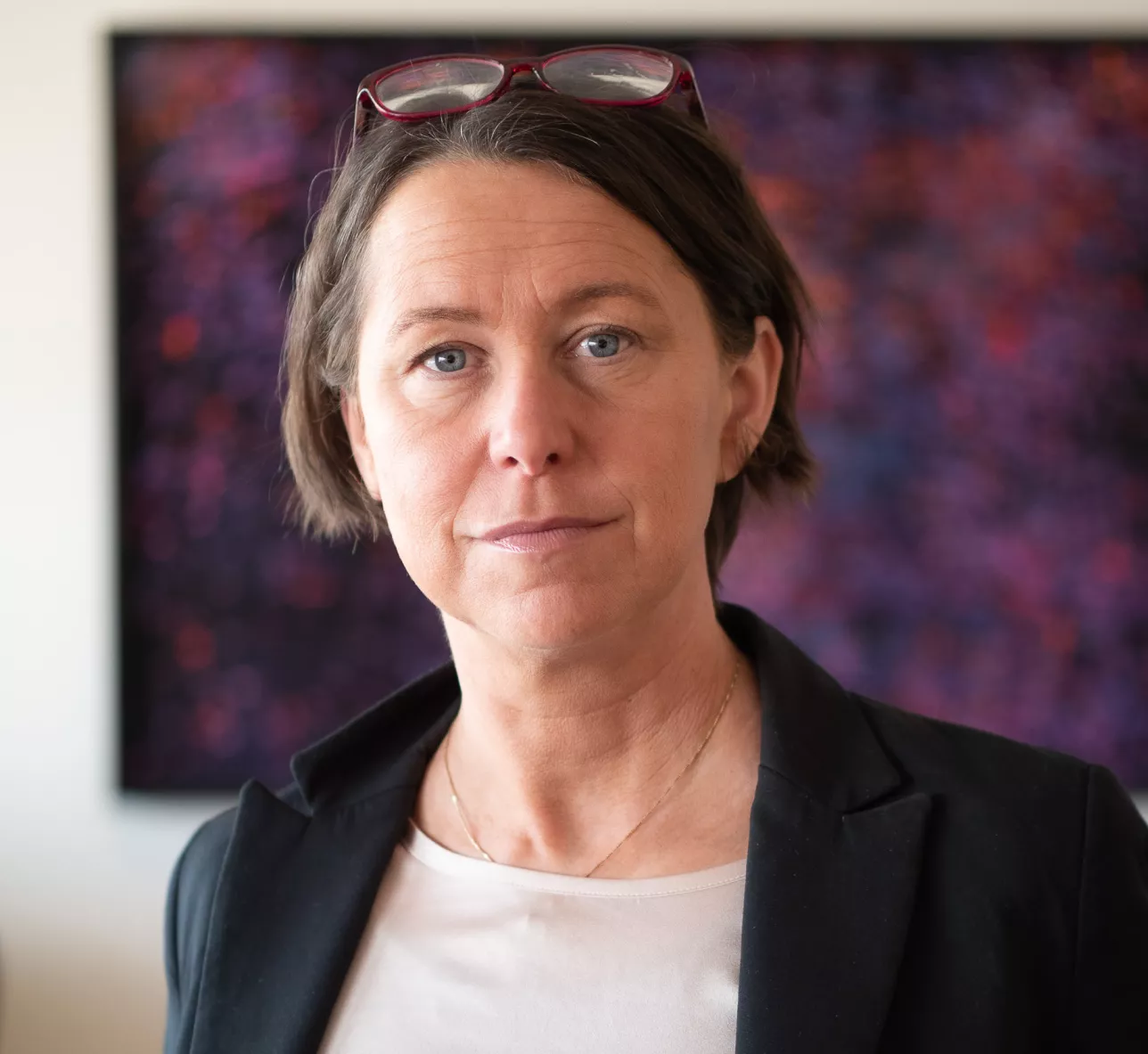Kajsa M Paulsson and the working group she leads are currently working with the Hanseatic Science Cloud (HSC), one of the work packages in Hanseatic Life Science Research Infrastructure Consortium, HALRIC. HALRIC is currently the largest project funded by the European Union's Regional Development Fund in the Öresund-Kattegat-Skagerrak region.
Funders demand sustainability
Prototypes for a cloud-based solution for storage and use of large and complex datasets from prominent research facilities like MAX IV, ESS and DESY, are developed in HSC. The HSC aims to promote analyses and visualization of already existing datasets, and at the same time to facilitate access to data over geographical borders. The cloud solution saves resources, for example through reducing the need of physical visits at research facilities, and through increasing the opportunity for re-use of existing datasets. In the long term, the solution can also contribute to reducing the need of the total amount of physical equipment.
Nowadays, more and more research funders demand sustainability considerations and descriptions of research impact in grant applications. Often, collaboration is necessary for achieving this.
Collaboration, both within and outside the faculty and the university, is important already now, but will be even more important in the future if we want to be successful and sustainable as researchers and as a university.
One opportunity for collaboration can be found in HALRIC intending to fund five triple helix projects, i.e. projects building on collaboration between academia, industry and the public sector. The best resources in the region, and opportunities for collaboration with industry, universities and research facilities, are in HALRIC's network. HSC is an example of how collaboration can be at the foundation of a project making an impact on both sustainability, research, public and private sectors.
Strengthen the vision
"We need to redefine how we regard growth and development. We are focusing too much on increased profit, economic growth and being "the best". We need to understand that competency is disseminated and that collaboration makes it possible to reach more goals and conquer sustainability challenges. Together with other regions, we are a complementary, supporting and integrated part of the global ecosystem, and need to strengthen the vision of sustainability in the region", says Kajsa M Paulsson.



